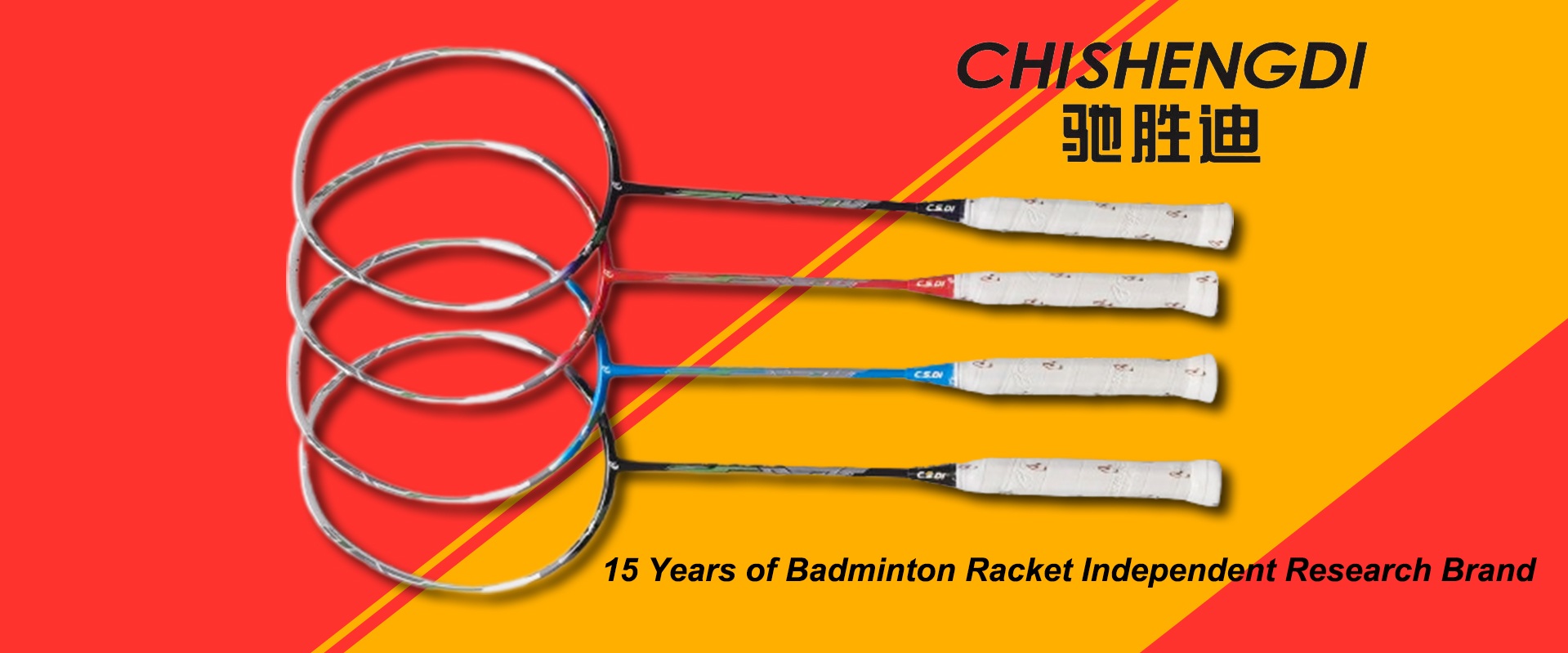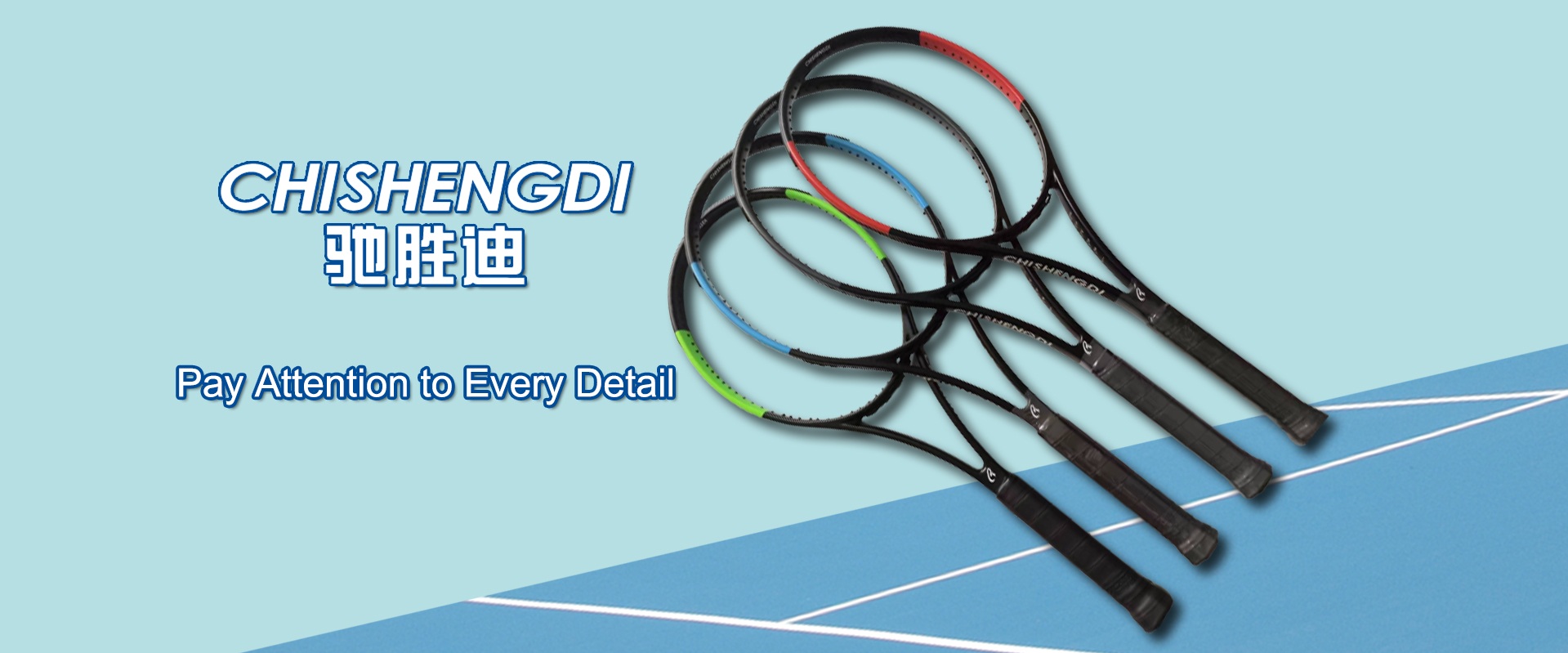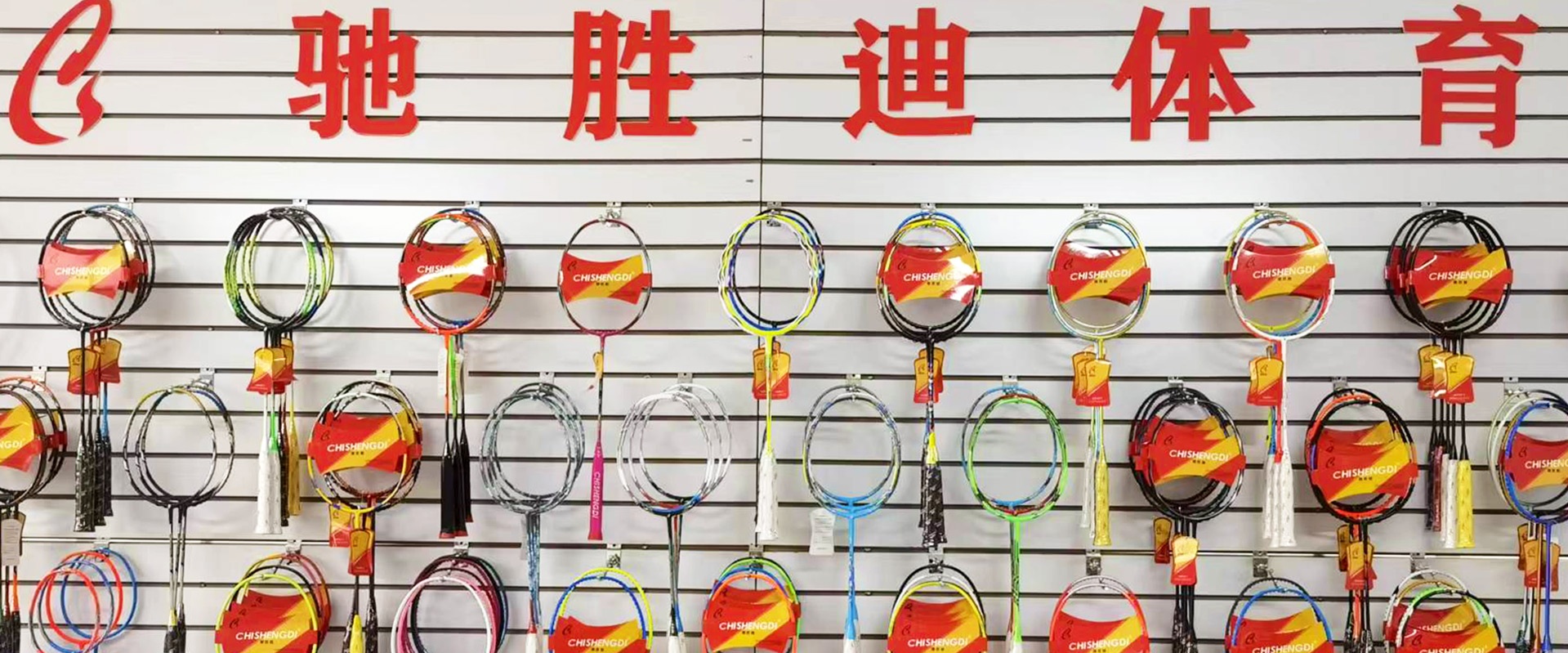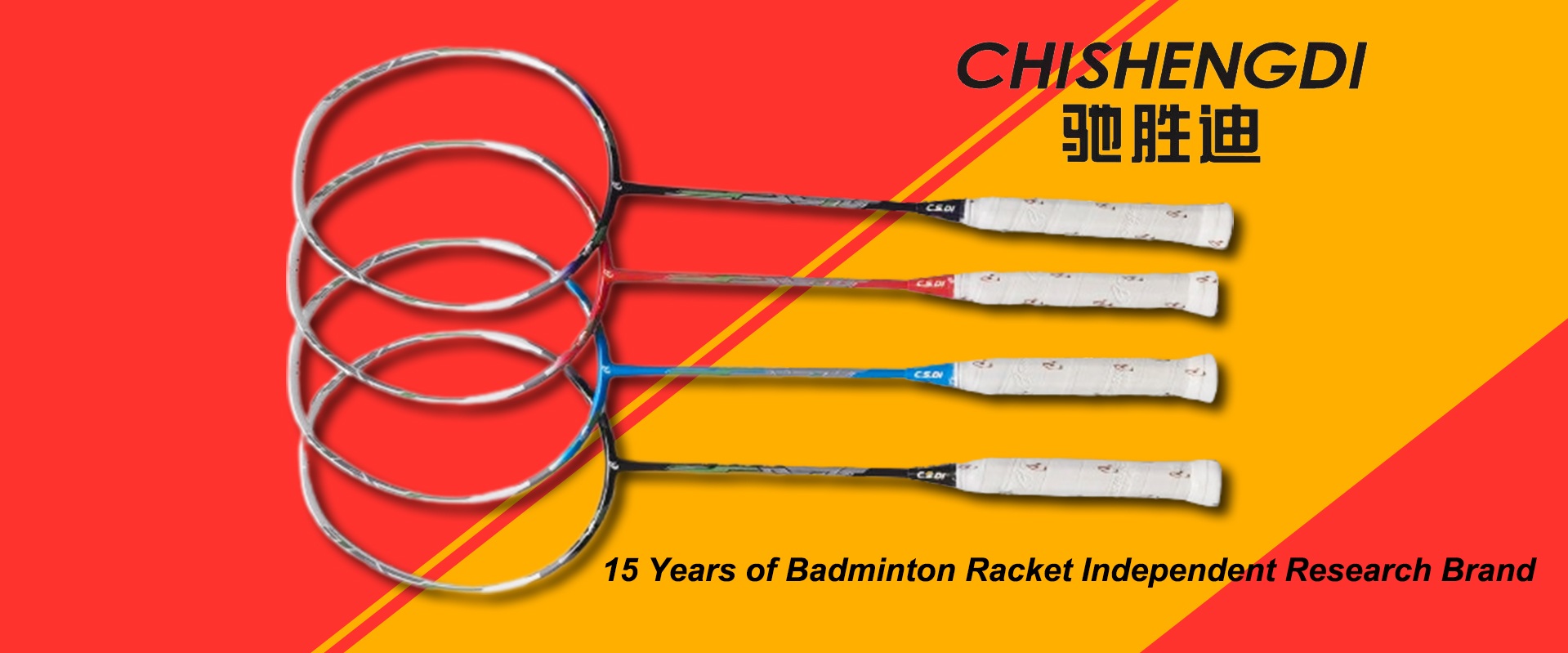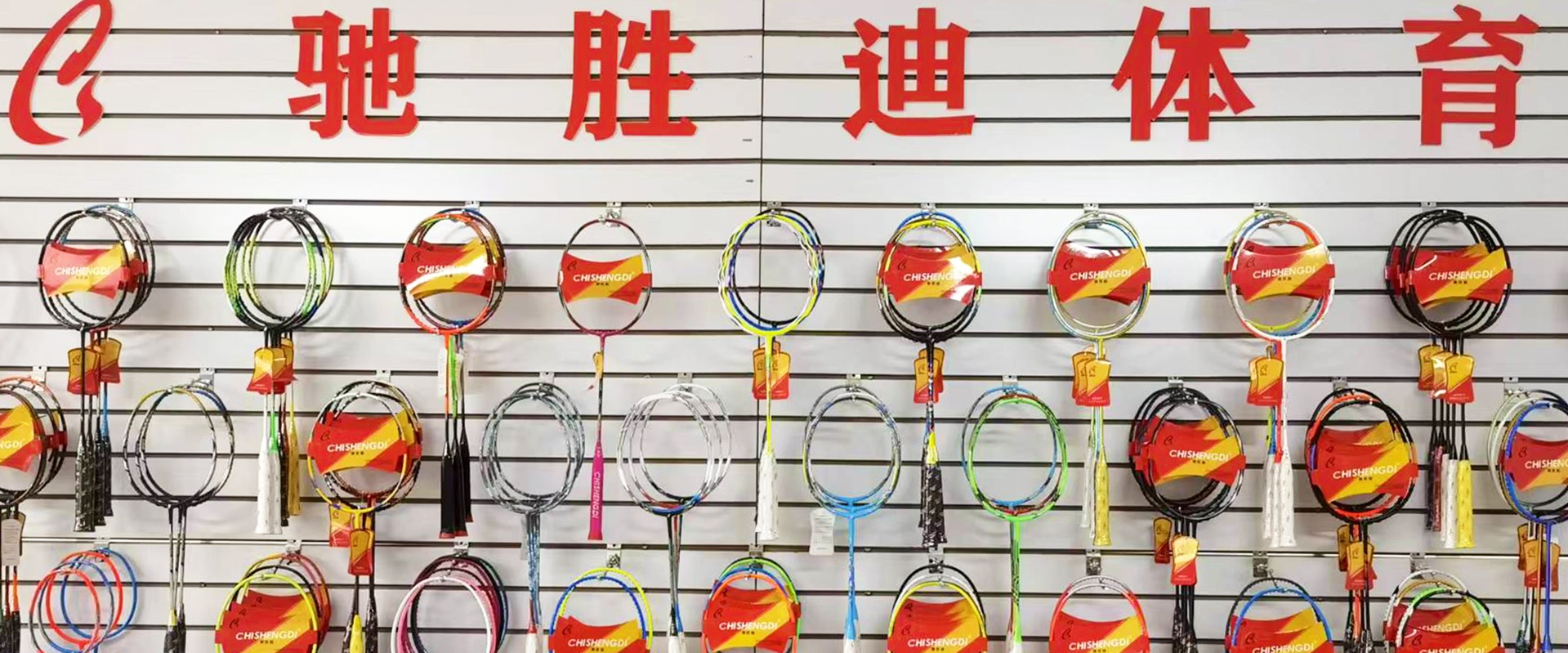+86-13959788969
In badminton, the racket is not only a tool, but also an extension of the player's arm. A proper badminton racket can improve hitting efficiency, reduce sports injuries and even affect the competition style. However, in the face of the dazzling array of products in the market, how to avoid the interference of marketing words and find a racket that suits you? This paper analyzes the choice logic of badminton racket from two dimensions: technical parameters and personal needs.
First, the material determines the performance basis.
The mainstream materials of modern badminton rackets are divided into three categories: carbon fiber, aluminum alloy and composite material. Because of its high rigidity and light weight, carbon fiber racket has become the first choice for professional players and advanced enthusiasts, and its shock absorption can reduce the burden on the arm; The price of aluminum alloy auction is close to the people, which is suitable for beginners to experience the basic feel; Composite materials balance cost and performance by mixing materials, which is more common in the mid-end market. It should be noted that the more expensive the material is, the better. It needs to be selected in combination with the frequency of use and the technical stage.
Second, the parameters match the individual style of play
The weight (U value) of the racket, the balance point (head-heavy/head-light) and the hardness of the middle pole constitute the core parameter matrix.
-Weight selection: 3U (85-89g) is suitable for powerful offensive players, and 5U (75-79g) is convenient for fast swing and suitable for defensive counterattack.
-Balance point deviation: the head-slapping enhances the killing power, and the head-tapping improves the control flexibility in front of the net.
-Hardness of the middle pole: the hard middle pole transmits the force more directly, which requires a higher skill; The soft middle bar has high fault tolerance rate and is suitable for coherent flat draw.
Amateurs often fall into the "top configuration superstition". In fact, a high-hardness racket beyond their own strength will lead to movement deformation.
Third, the details optimize the use experience
In the badminton racket technical system, the accurate control of the hitting point directly affects the power transmission efficiency. When the number of pounds of the racket line is increased to more than 24 pounds, the requirements of the racket for hitting position are significantly improved-the slight deviation at the moment of touching the ball will lead to the dispersion of strength and even trigger the wrist to compensate for the force. This feature requires users to have a stable action framework and a solid foundation for exerting force.
Professional coaches suggest that the perception of hitting position can be established by reducing the initial number of pounds (suggested 22-23 pounds) and gradually improved to the adaptation range. Core training should focus on the stability of swing trajectory rather than blindly pursuing the limit value of equipment parameters.
Fourth, the long-term purchase strategy
Trial play is more valuable than data comparison. It is recommended to bring common rackets to physical stores to compare the swing weight difference; Observing the circulation rate of the second-hand market, classic models often stand the test of time; Reserve a budget for professional threading and damping accessories, which is more cost-effective than simply upgrading the racket.
The evolutionary history of badminton rackets is essentially the dance of ergonomics and material science. When the technical parameters return to the essence of sports, the purchase is no longer a multiple-choice question, but the value resonance between users and tools. Remember: let the racket adapt to people, not people adapt to the racket-this may be a profound respect for the sport.




